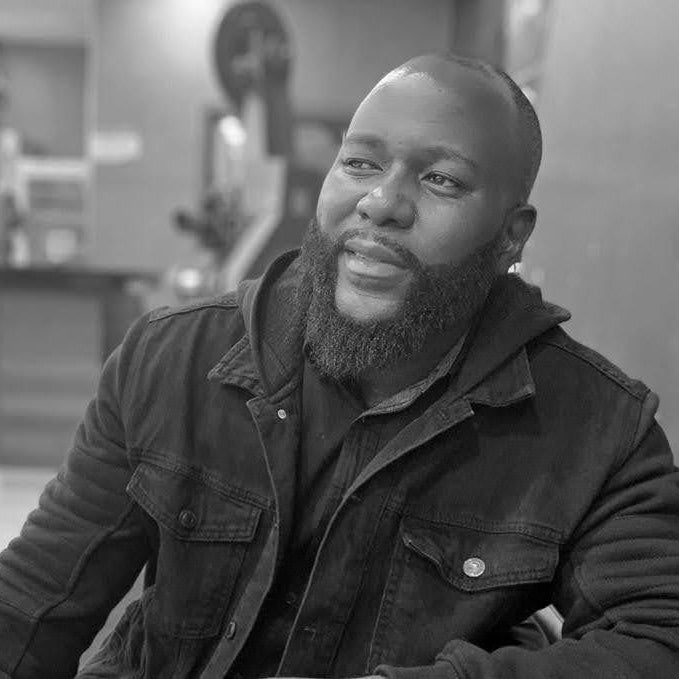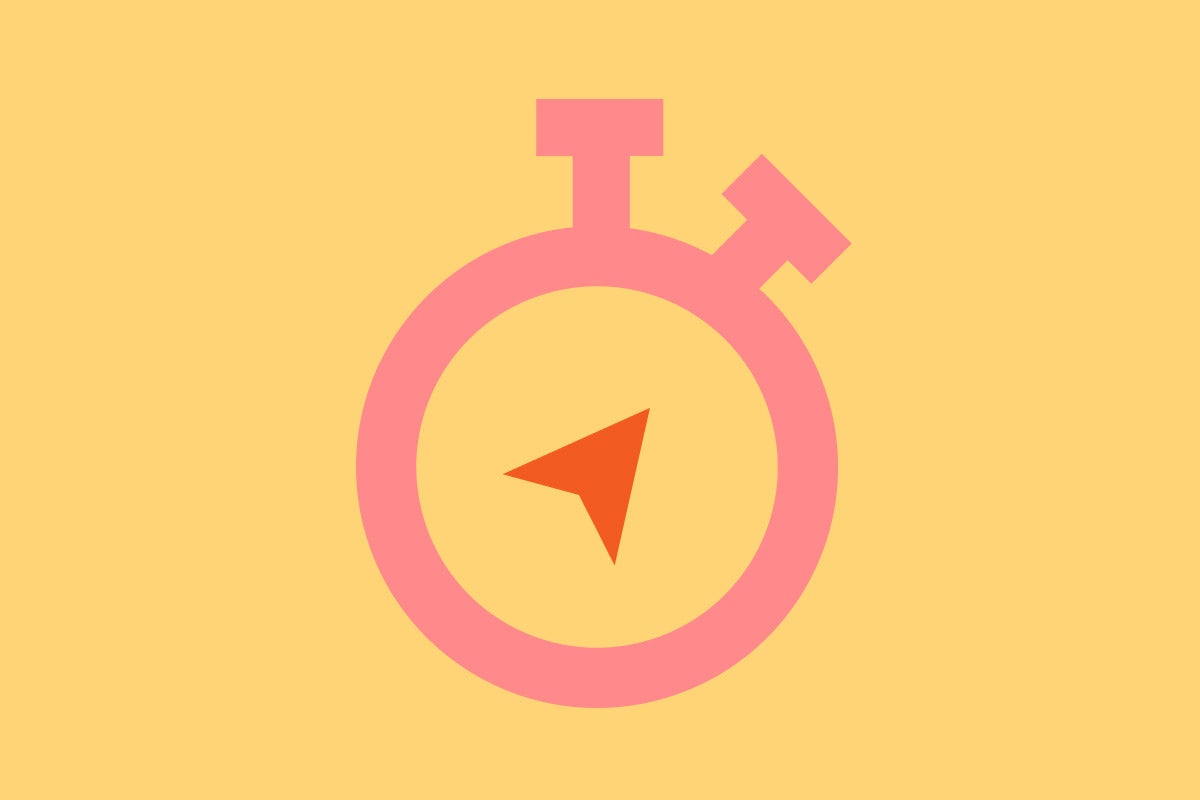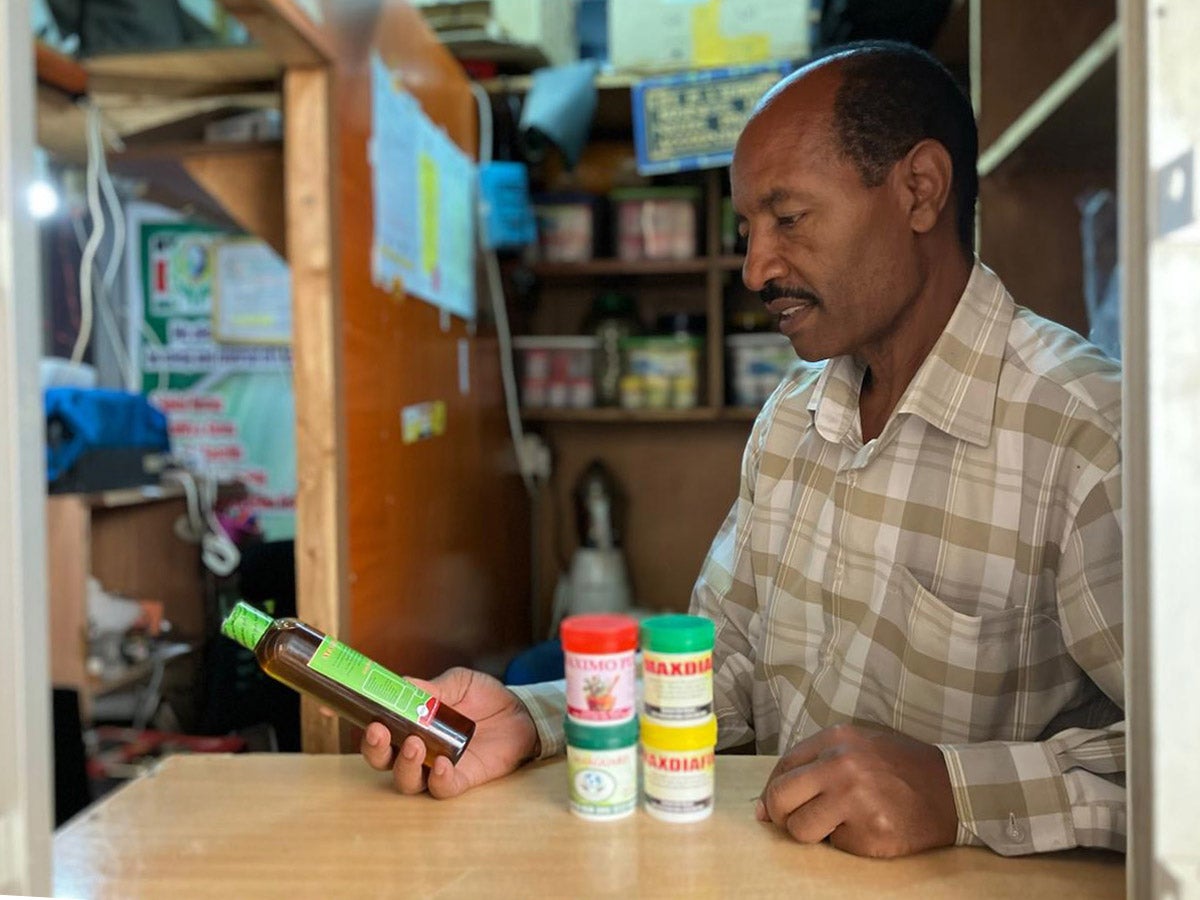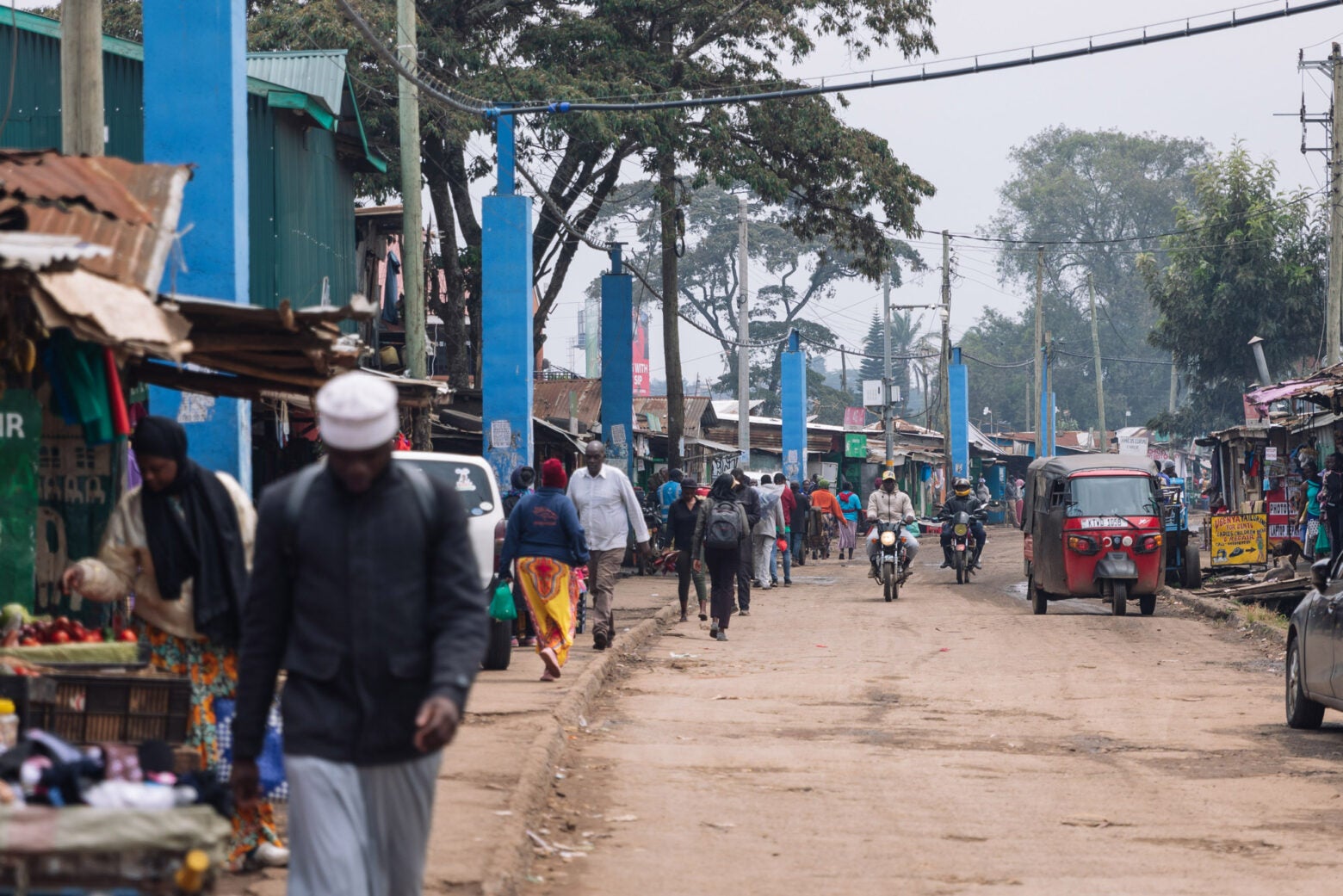
Feature
How Kibera’s water woes vanished into thin air
Samuel Onyango’s office at Kibera Primary School is serene and spacious. His table is neatly arranged, with an assortment of files and an array of books. One side of his cream-colored office is decked with aggregate performance scores, and another shows off several trophies in a glass cabinet. Last year, Onyango’s school performed a traditional dance and scooped third place in the National Drama and Film Festivals, where schools across the country competed for the top prize.
But today Onyango, the school’s principal, is bragging about something much more basic: Thanks to an innovative community program, his students and teachers are no longer getting sick from dirty water.
Sign up for Harvard Public Health
Delivered to your inbox weekly.
Onyango’s school, with a staff of 30 and a student body of about 1,700, is in Kibera, a neighborhood in the Kenyan capital of Nairobi that is widely known as Africa’s largest informal settlement. It is a community of houses made from mud or tin sheeting where residents have to hustle to meet even their most basic needs, like electricity or clean water.
It is also a community where creativity and innovation, at the heart of any hustle, are changing how some people can access clean water—and making major ripples in public health.
Onyango’s school has long gotten its water the same way many people in Kibera do: by buying it from independent suppliers, who truck water in and sell it for around $30 per ten thousand liters. But trucked water can be contaminated, despite suppliers’ promises, and Onyango’s students and staff were often using unclean water at home, too. It was common, he says, for both teachers and students to get sick and miss school because of water-borne illnesses.
Last November, Onyango’s school got connected to an aerial clean water system built by a local grassroots organization called SHOFCO, which stands for Shining Hope for Communities. “Once we got connected to SHOFCO’s water,” Onyango says, “cases of these ailments reduced to nil.”
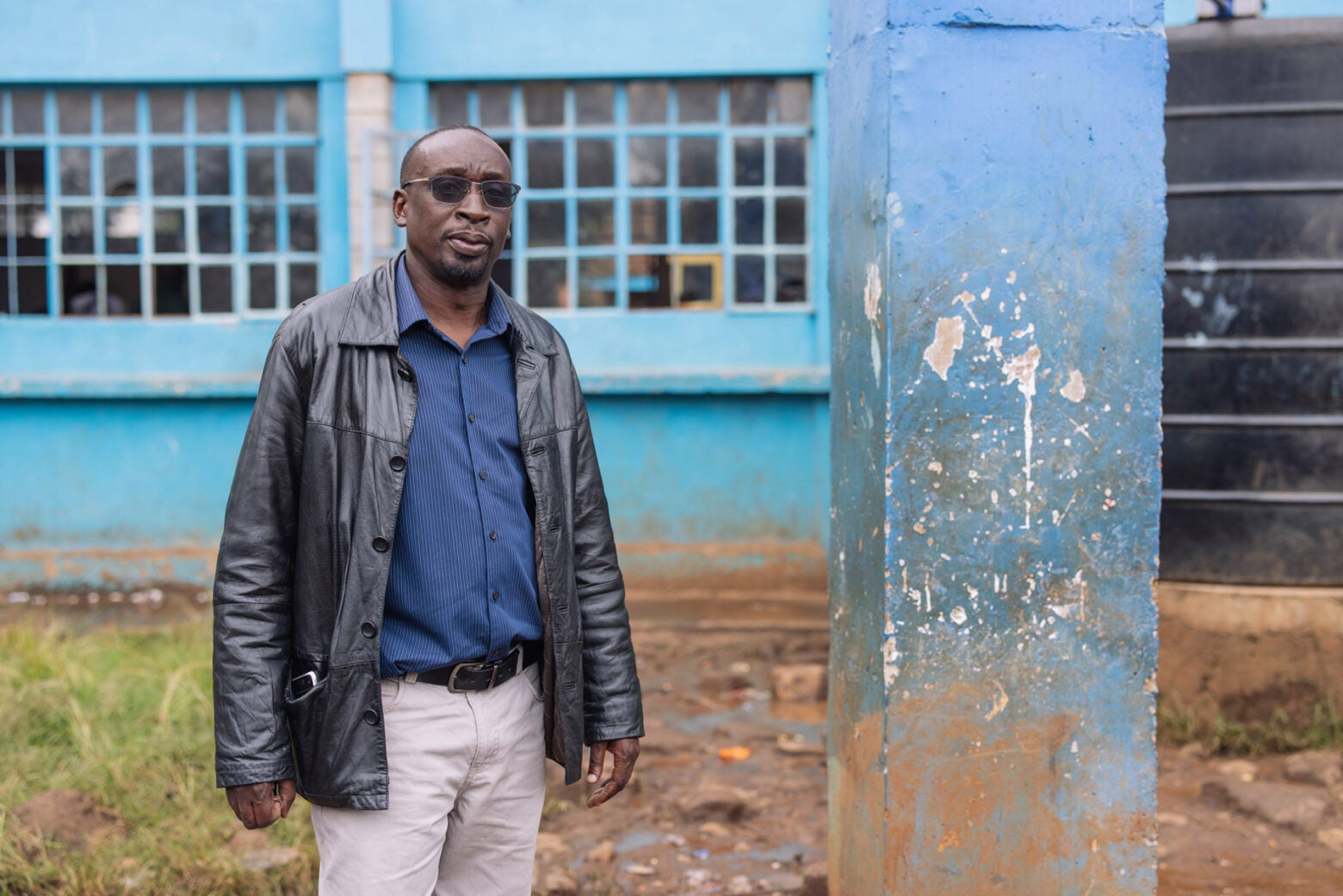
Samuel Onyango, principal of Kibera Primary School
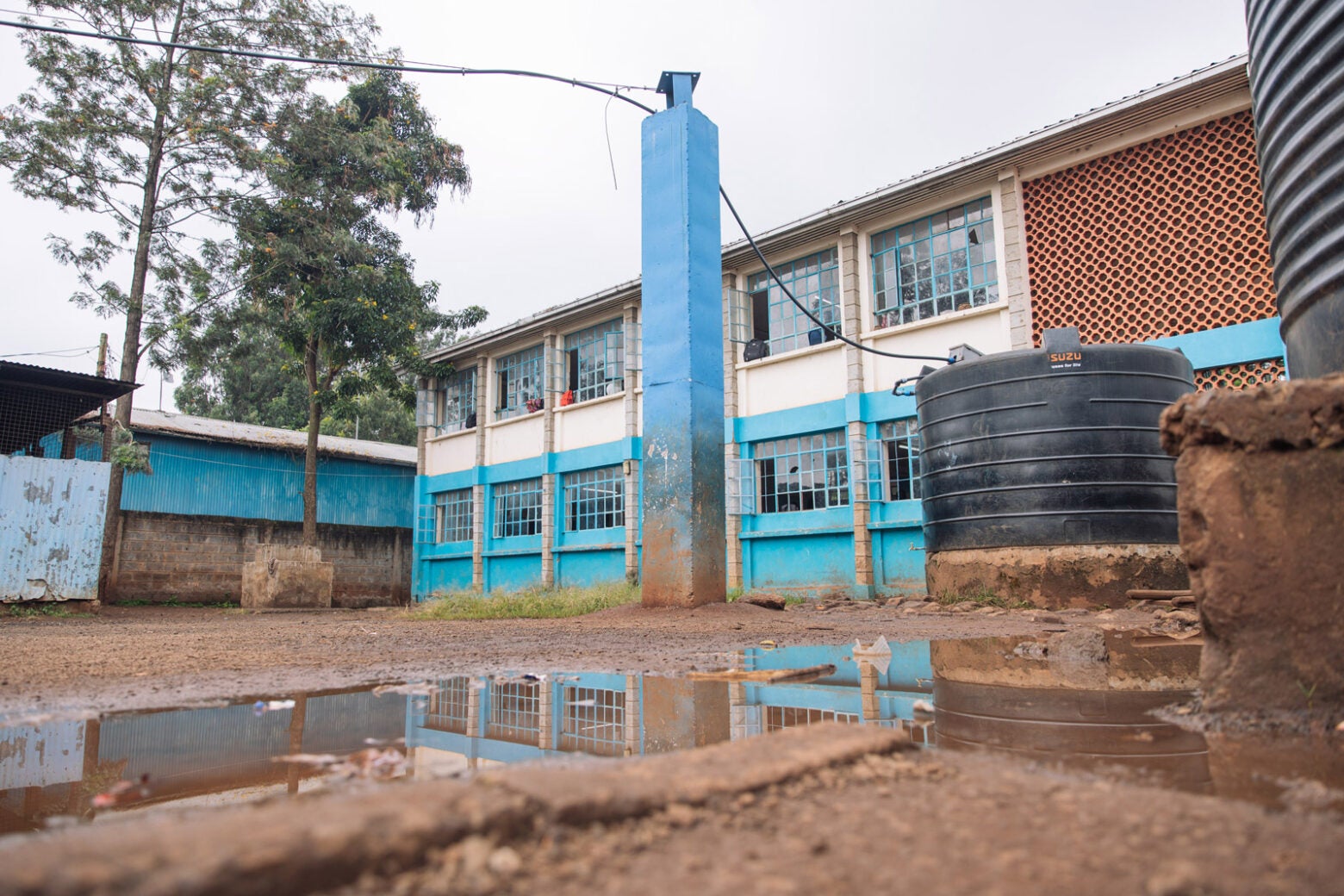
The water piping system at Kibera Primary School. SHOFCO's trademark blue tower links the pipe that carries water to a large black water tank from which students and teachers can fill water bottles, buckets, or jerry cans.
Access to safe drinking water—and its equitable distribution—underpins public health. But for the estimated 250,000 people in Kibera, who live without any government infrastructure, clean water is often a luxury. Many people are using illegal water connections, which proliferate among the poor—there are nearly 130 in just three lesser-resourced Nairobi neighborhoods. But those DIY hookups can mix clean water with raw sewage, and Kenyan officials have recently warned of a looming public health crisis if water access is not prioritized.
Shifting weather patterns also increase the risk of waterborne illness, government officials say. The Ministry of Health and the Kenya Red Cross Society have called out severe flooding during the El Niño weather pattern as a source of a recent major cholera outbreak in parts of the country. Kibera was not spared this risk: The floods led to the contamination of various sources of water in the sprawling neighborhood.
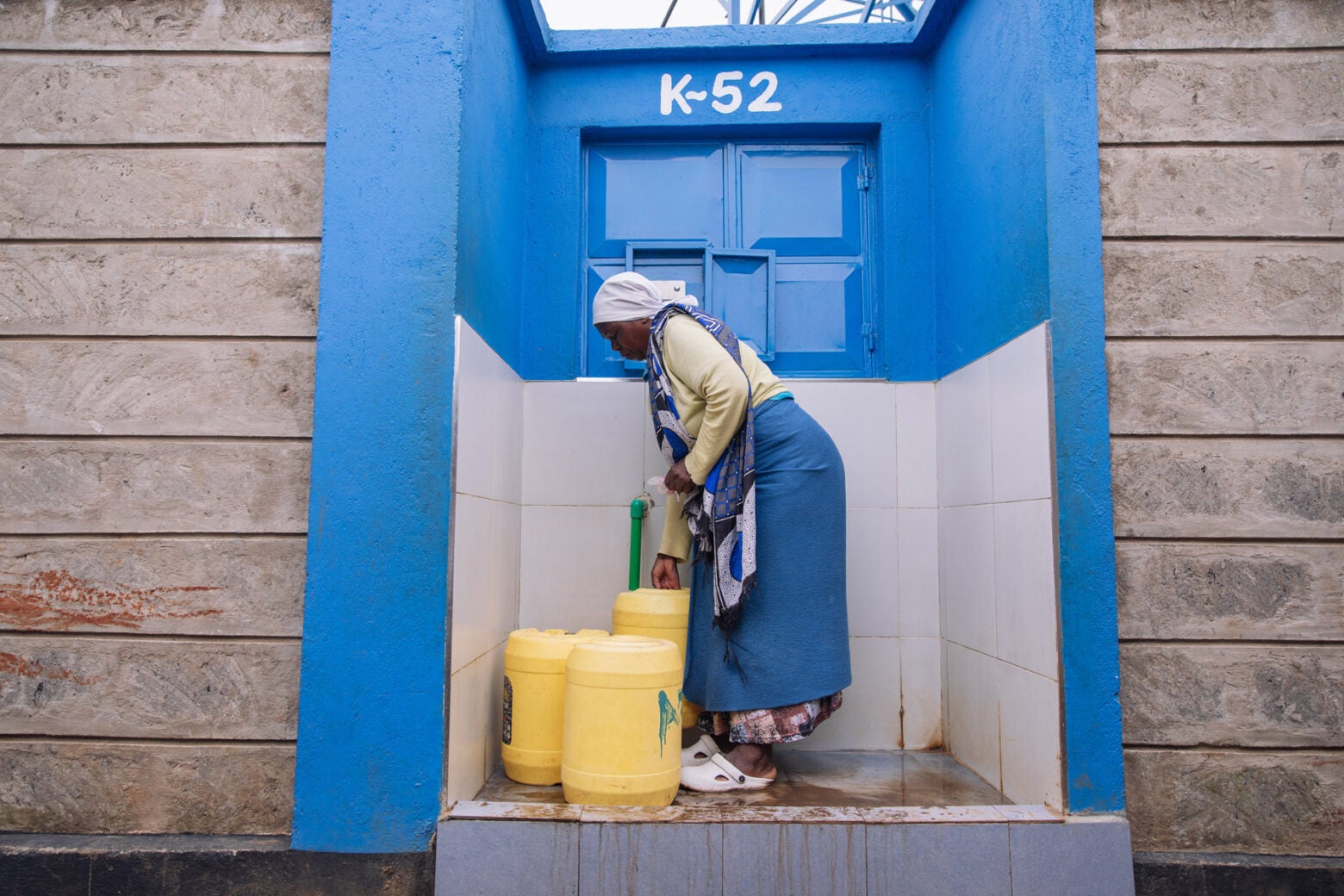
Susan Wanjiru fills jerry cans with clean water from a SHOFCO water kiosk in the Makina area of Kibera.
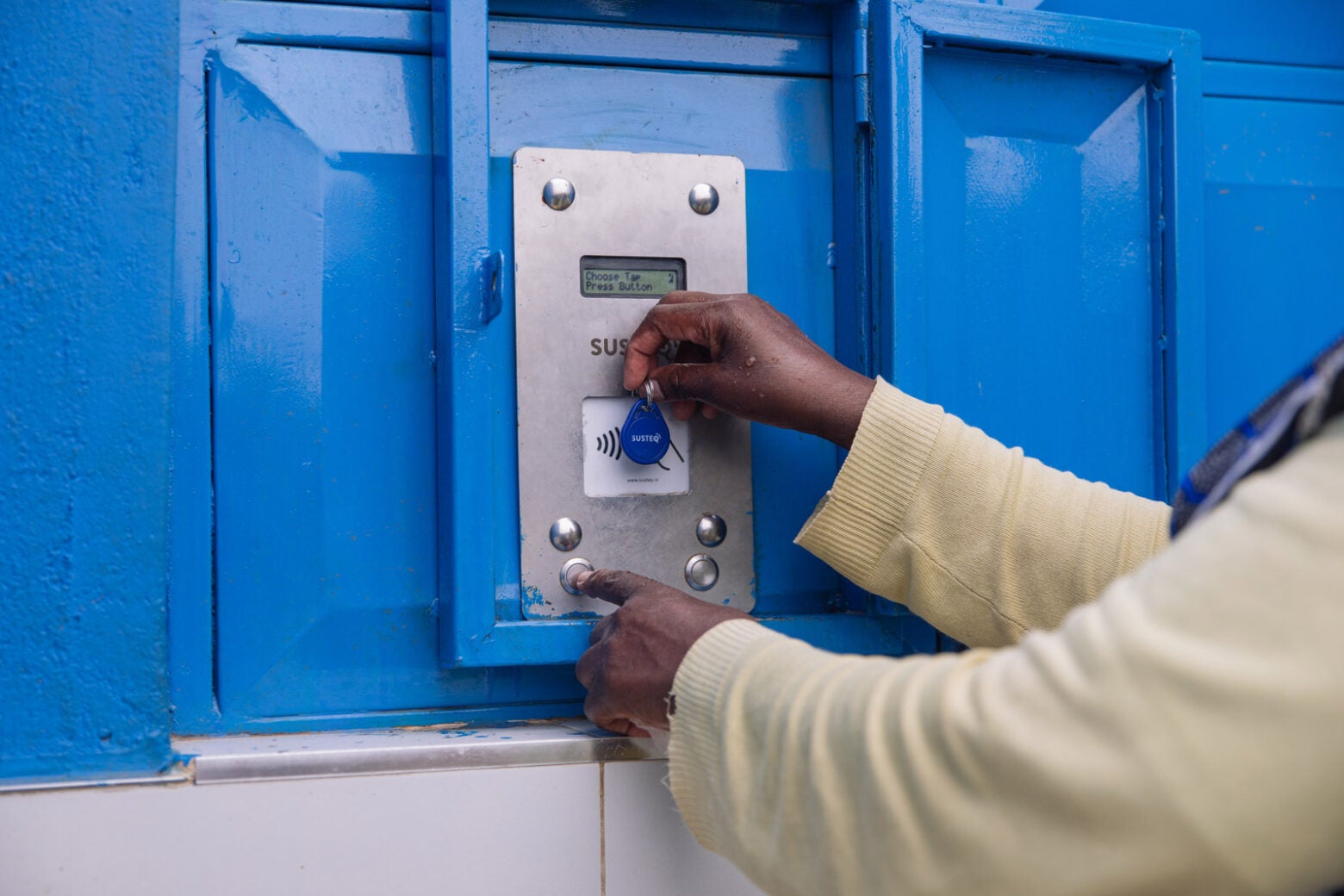
Susan Wanjiru pays for water at the kiosk with a token linked to her mobile money account.
But the aerial piping system SHOFCO built in 2012—the one that brings water to Onyango’s school—saved some Kibera residents, quite literally. With collaboration from health and county authorities, SHOFCO has all but eliminated diarrheal disease in the communities that use its aerial piping system, according to Gladys Mwende, a program officer at SHOFCO. In the health facilities SHOFCO runs, the incidences of diarrheal infections have also gone down, she adds.
“[Poor sanitation is the reason] that our water is aerial piped,” says Kennedy Odede, the founder and CEO of SHOFCO. Piping water in helps clean water maintain its integrity without interference from elements including tampering. In a huge community with no major infrastructure, piping seemed impossible—there was no money and no will to build a disruptive underground system connected to the city’s main water supply. Instead, Odede and his team put the pipes up in the air. “As somebody who grew up in Kibera, to see this clean water—which I have also drank—is powerful.”
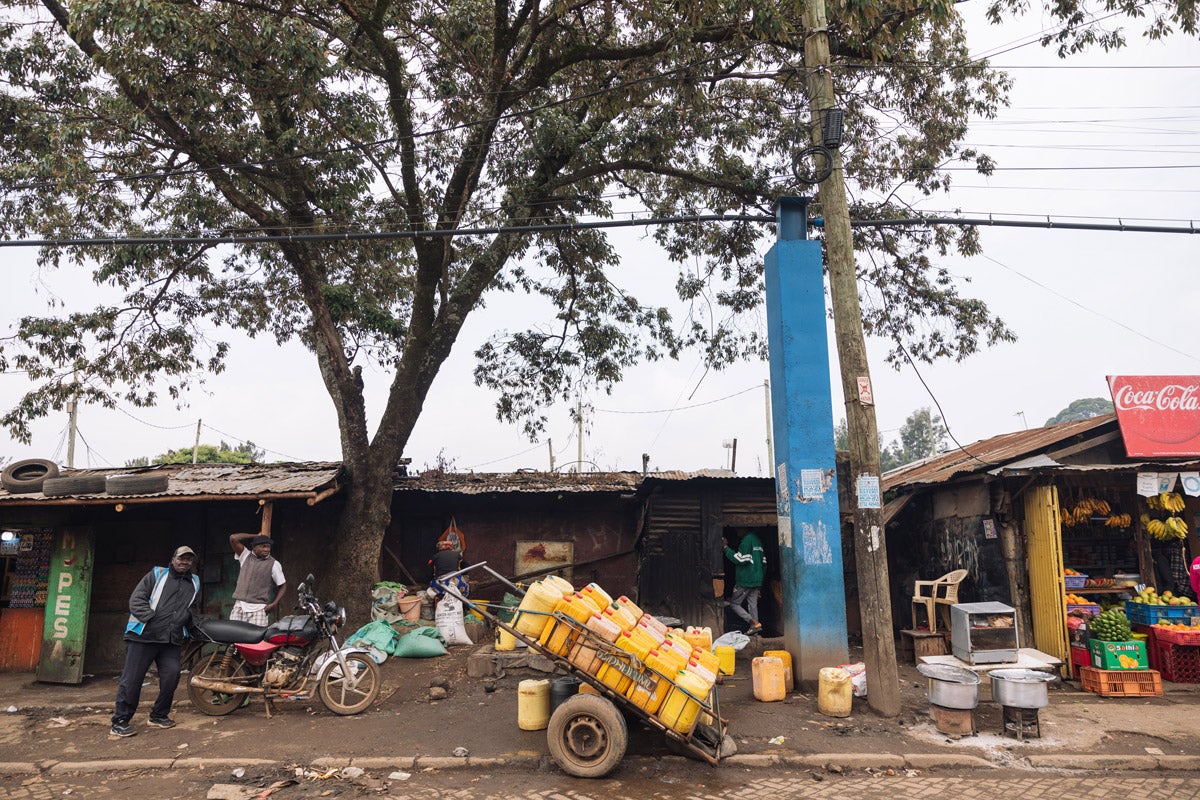
A SHOFCO water pipe runs above a busy commercial stretch in the Makina area of Kibera.
SHOFCO’s water distribution system currently reaches about 40,000 people and distributes more than 14 million liters of clean water per month—nearly 173 million liters per year—at community water kiosks, which residents access with tokens linked to the mobile money platform M-Pesa. The water kiosks are pre-programmed to fill jerry cans that hold 20 liters, or about five gallons, at a cost of 3 Kenyan shillings, or about 23 U.S. cents.
A recent evaluation of SHOFCO’s clean water efforts, undertaken by the African Population and Health Research Center, shows diarrheal disease among children under age five have decreased by 31 percent where community members used SHOFCO water kiosks and received SHOFCO’s sanitation messaging.
“We don’t get as many cases of diarrhea even though now we are in the middle of the floods,” Mwende says. “Communities have not reported any outbreaks within the areas where we are working.”
Mohammed Suleiman is grateful for the change. Suleiman, 25, was born here, and it’s been his job for the last 18 years to fetch 500 liters (135 gallons) daily for his family’s personal needs and for their samosa business.
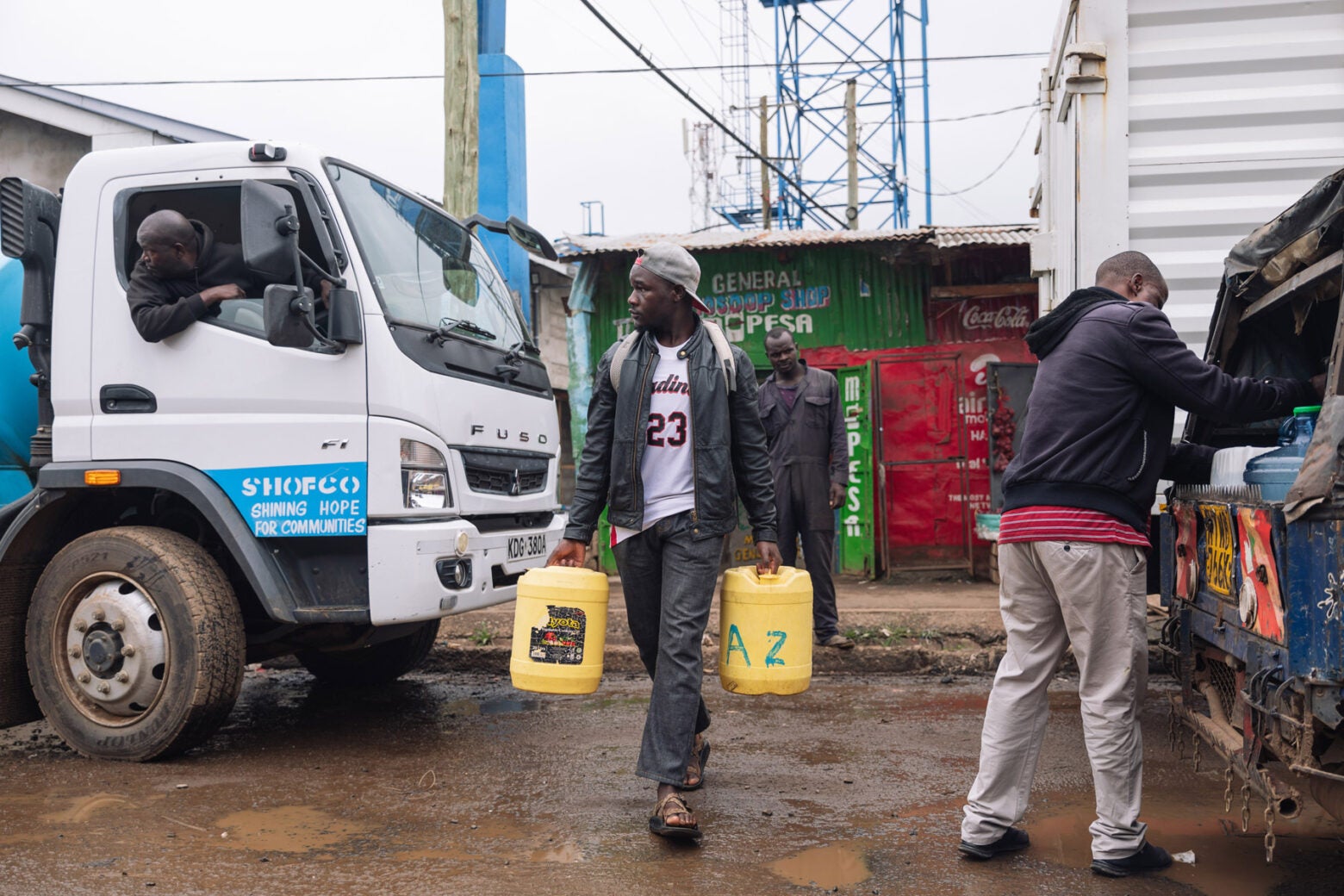
Mohammed Suleiman carries jerry cans across a busy street in Makina.
Two months ago, Sulieman contracted typhoid from the unsanitary water he was consuming. Once he recovered, he says, switching to SHOFCO water kiosks was a no-brainer.
“I don’t know where the other independent vendors get it from,” he says. But he trusts SHOFCO water. “Water sourced from SHOFCO is cleaner than that of other vendors,” he said. “I don’t have to treat water from [SHOFCO] kiosks before consuming it.”
And he’s the living proof: Since switching to SHOFCO water, Suleiman hasn’t been sick even once.
Top image: People in Kibera’s Makina section pass by the signature blue pillars that hold up SHOFCO’s aerial water piping system.
